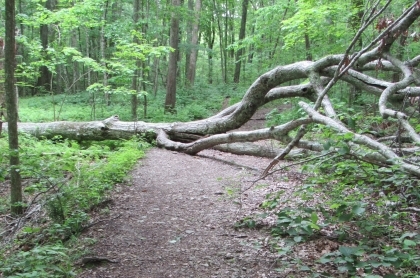Navigating Your Way Down the Mountain
The Summit
The view from the top is the most unobstructed view you will find. This is your time to begin imagining life after retirement and communicate those dreams to your financial advisor. You've reached the Summit and that is a huge accomplishment in itself. But you still have a descent ahead, and the path you take down should be based on your unique goals and dreams.

The Descent
One mistake an experienced climber never makes is neglecting the threat that the descent poses. After all, reaching the summit is only the half-way point. It's in this stage that immediate and unexpected crises will arise - disability, long-term care, health concerns, just to name a few possibilities. These obstacles will require you to make adjustments to your approach and your plan as needed.

The Hike
At some point in your descent, you will notice that the ground begins to flatten out a bit. The danger of a cliff around every corner dissipates and you can begin to focus a bit more on progress, rather than survival. During the Hike, it's vital to track the progress of your downward descent. And a big part of that is monitoring how fluctuating external factors are affecting your plan.

Base Camp
After you've been on a long hike, the feeling you get when you are finally able to sit back at camp, crawl in the tent and pop your shoes off is like none other. Once you've completed the second half of your journey, your only job now is to experience less stress and more enjoyment. Your goals have been met. So take a minute to reflect on the accomplishments of your Journey.

Success is not final. Failure is not fatal. It is the courage to continue that counts.
Send us a message: